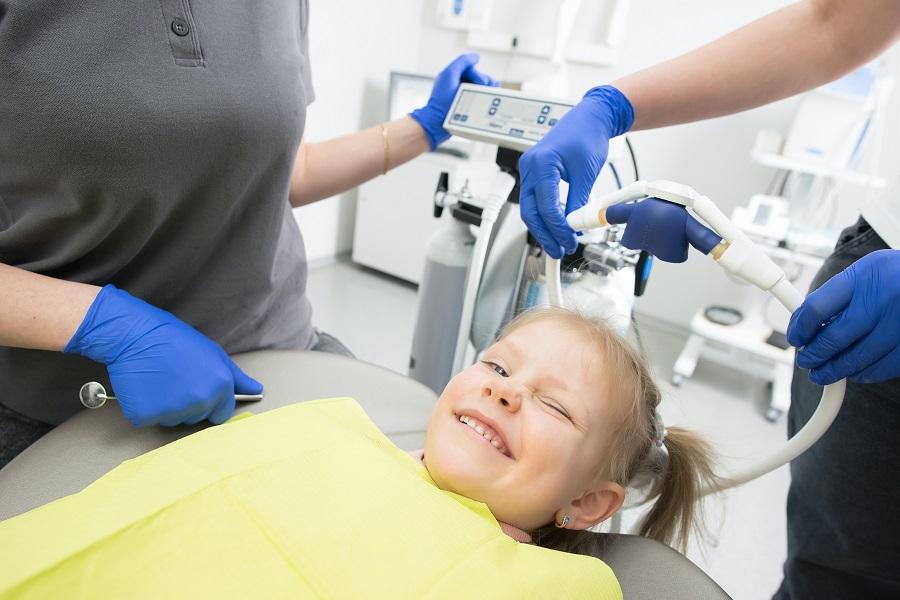Discover the essentials of dental extractions, from the procedure itself to post-extraction recovery tips, ensuring a comfortable and smooth healing process.
An extraction, in the context of dental care, is a procedure wherein a tooth is intentionally removed from its socket in the jawbone. Dentists typically recommend extractions for various reasons, such as severe disease, significant trauma, or issues related to overcrowding within the mouth.
Ensuring a Comfortable Procedure
When you undergo a tooth extraction, your dentist takes several steps to ensure your comfort and promote a smooth recovery. The process begins with the administration of local anesthesia to numb the area where the extraction will take place. This numbing procedure minimizes any discomfort or pain you might otherwise experience during the extraction.
Post-Extraction Recovery
Following the extraction, your dentist will provide you with post-operative instructions to support a successful recovery. It's common to experience some degree of bleeding immediately after the procedure, but this is typically a natural part of the healing process. The blood clot that forms in the empty socket plays a vital role in this process, as it gradually facilitates the restoration of bone in the area where the tooth's root used to be.
Tips for a Smooth Recovery
To optimize your recovery and minimize complications, here are some valuable tips to follow:
Promote Normal Healing: Avoid any actions or habits that could impede the healing process, such as smoking or rinsing your mouth vigorously.
No Drinking Through a Straw: It's advisable to refrain from using a straw for the first 24 hours after the extraction, as the suction can potentially dislodge the blood clot, which is crucial for healing.
Dietary Recommendations: Adhere to the dietary guidelines provided by your dentist, which may include consuming soft foods or avoiding certain types of foods for a period after the extraction.
Gentle Rinsing: If you need to rinse your mouth within the first few days post-extraction, do so gently to prevent disturbing the healing site.
Managing Swelling: In case you experience swelling, you can alleviate it by applying a cold compress or ice pack to the affected area. If the swelling is severe or persists, contact your dentist promptly.
Pain Management: Consult with your dentist about any recommended pain medications to help manage any post-operative discomfort.
Oral Hygiene: Continue to maintain good oral hygiene by brushing and flossing your other teeth as usual. However, be cautious not to clean the teeth adjacent to the extraction site to prevent any disruption to the healing process.
Your Well-Being Is the Priority
It's important to keep in mind that modern dental extraction procedures and the post-operative care prescribed by your dentist are designed to ensure your well-being and comfort throughout the recovery period. By following these guidelines, you can help facilitate a smooth and uneventful healing process after your tooth extraction.
